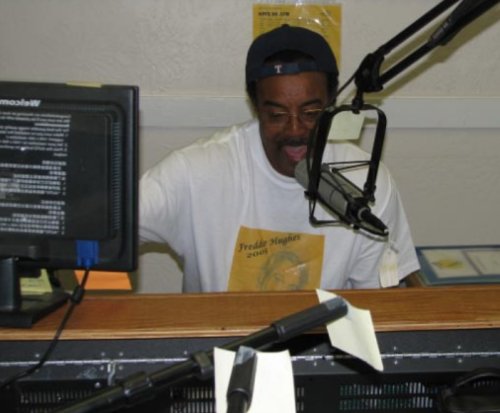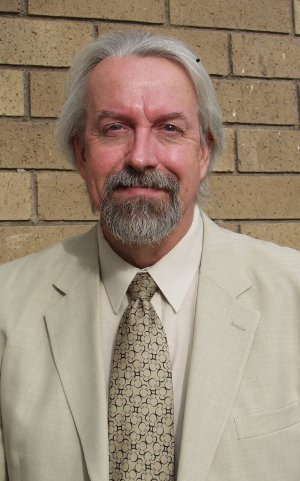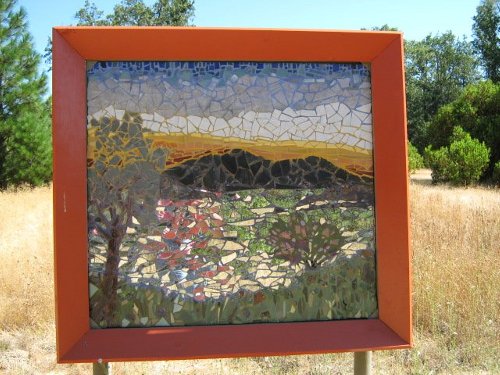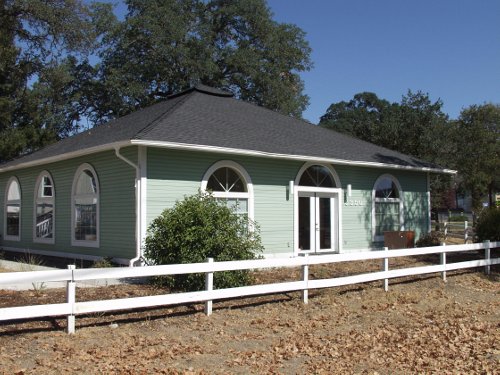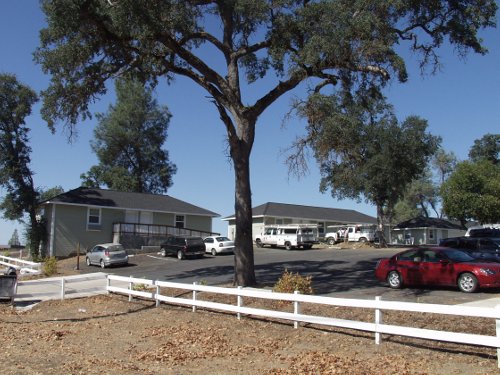- Lake County News Reports
- Posted On
Lake County Community Food Assessment surveys launched
The comprehensive surveys will be used to assess the county’s food supply and demand status, as well as help assure a larger vision for the Lake County Food Policy Council – the county’s food security, sustainability and emergency preparedness citizen group.
With a grant award to Sutter Lakeside Hospital from the California Endowment on behalf of the Health Leadership Network (HLN), the HLN is able to fund this project with administrative support provided by the Lake County Marketing and Economic Development Program.
Two surveys are under way to help discern what food items are currently being grown and produced locally, as well as the potential demand for those products at retail and institutional outlets locally.
The information collected will be used to inform a local food guide and an effort towards a coordinated online ordering and distribution system for local food producers and buyers.
Having the surveys completed by all Lake County producers and buyers is critically important for the success of this project.
Food producers, such as farmers, ranchers and producers of value-added products like jams, cheeses, pickles and nut butters, are encouraged to take the brief producer survey. The information gathered will be used to create a database of food types and quantities available
Retail outlets, such as grocery and convenience stores, restaurants and farmers’ markets are encouraged to take the short buyer survey. This survey is also intended to include larger purchasers and institutions such as hospitals, schools, correction facilities and senior centers.
Community food assessments are a tool to assist communities in addressing such issues as food security and hunger, the availability of adequate nutritious foods, the capacity of communities to sustain themselves with locally grown or processed products while maintaining a healthy ecosystem, and to evaluate emergency preparedness in the event of unforeseen disruption in the food supply.
They are part of a growing movement across the nation to more effectively serve the food needs of
local communities.
The brief surveys can be taken online at http://lccfa.wikispaces.com .
Those without Internet access may take the survey or request a copy by contacting Lake County Community Food Assessment information line at (707) 995-9060.
Copies of the producer survey also is available at the Agricultural Commissioner’s office at the Lake County Agricultural Center in Lakeport and both surveys are available in the Lake County Administration office at the Courthouse in Lakeport, or downloaded from the Web site.
For more information about the Lake County Community Food Assessment, contact JoAnn Saccato at 707-350-1719, or Terre Logsdon at 707-263-2580.
For more information about the Lake County Food Policy Council, contact Denise Rushing at 707-275-8892.
To take the producer or buyer survey online or download a PDF version, visit http://lccfa.wikispaces.com .
The Health Leadership Network is a consortium of organizations working together to improve population health. The consortium includes: St. Helena-Clearlake Hospital, Sutter Lakeside Hospital, Lakeside Health Center, County Public Health Services, County Marketing and Economic Development, County Office of Education, County Dept of Social Services, First 5, Easter Seals, Lake Family Resource Center and Lake County Tribal Health.
The food assessment is paid for by a grant from the California Endowment to Sutter Lakeside Hospital on behalf of the Health Leadership Network.

 How to resolve AdBlock issue?
How to resolve AdBlock issue? 
